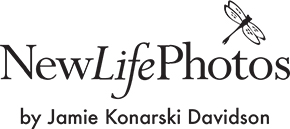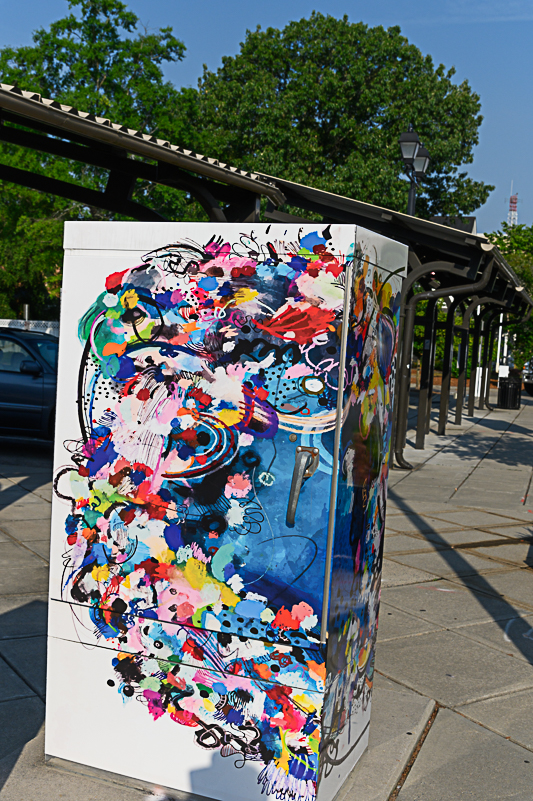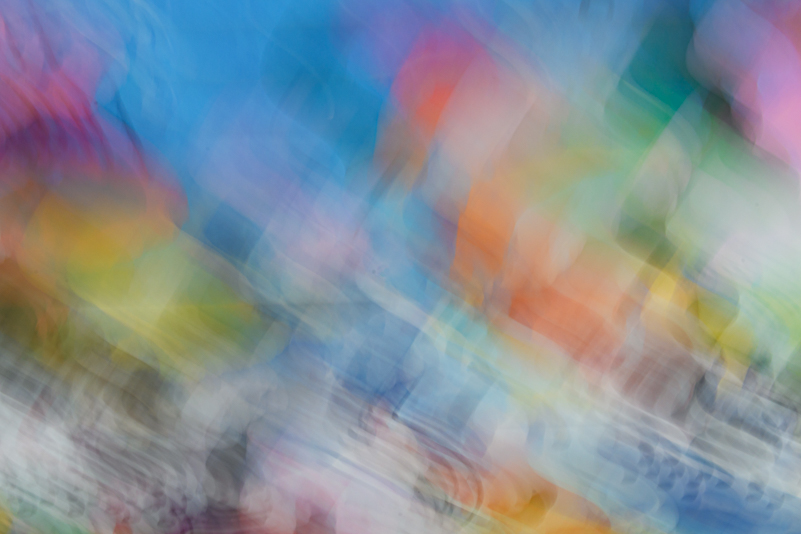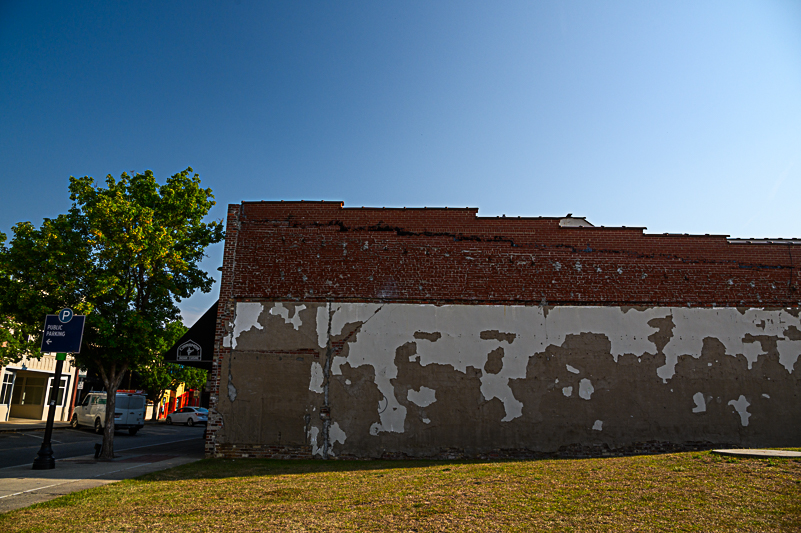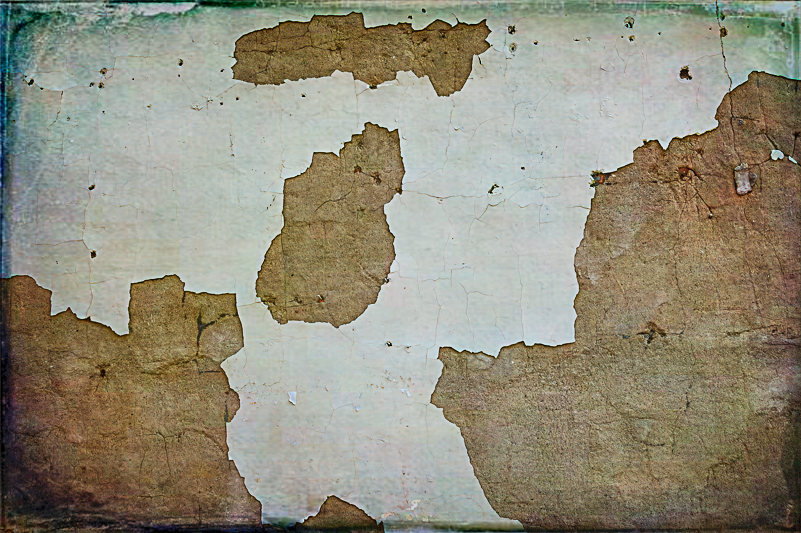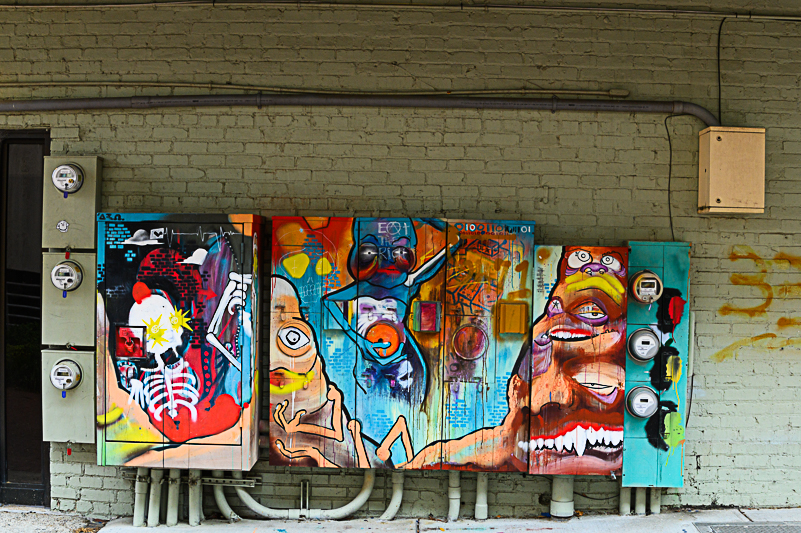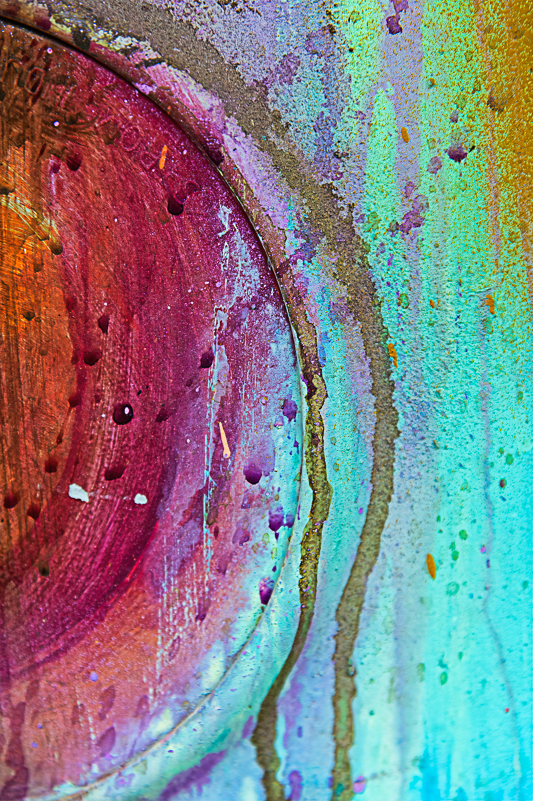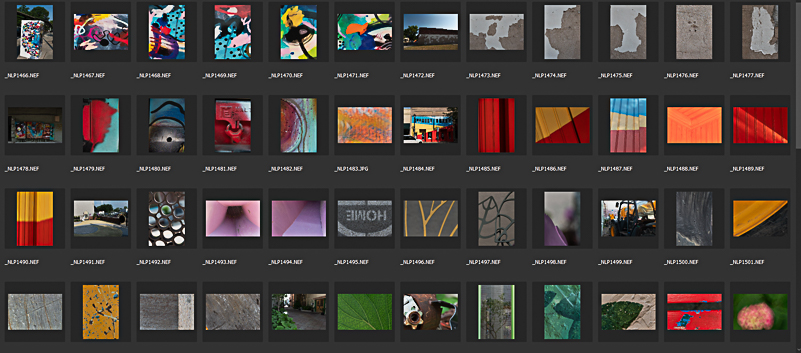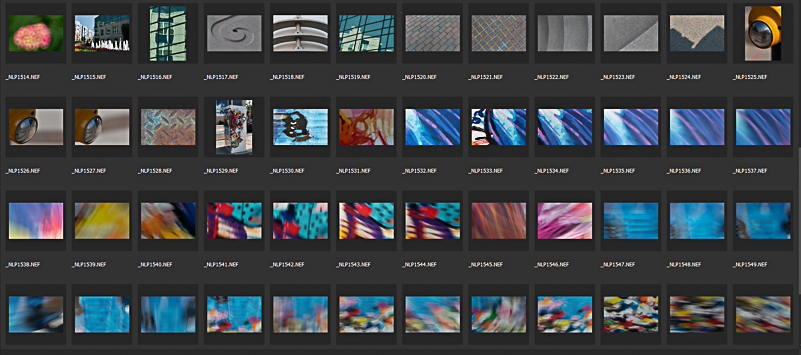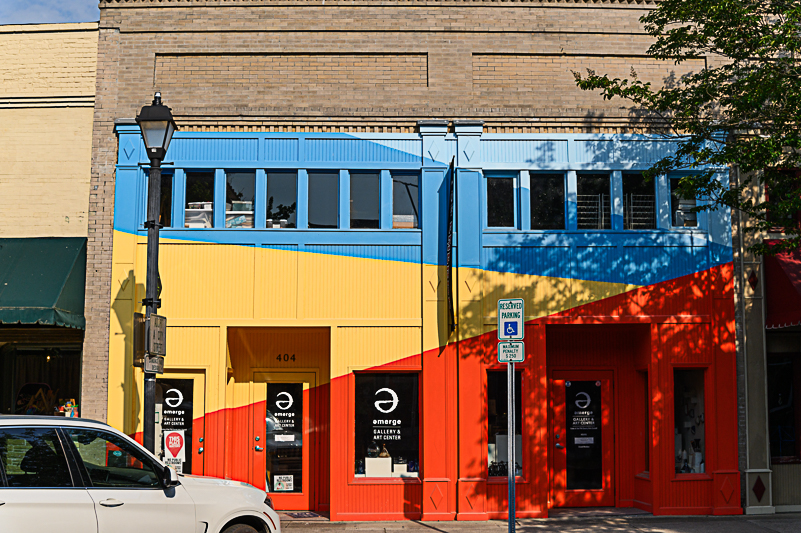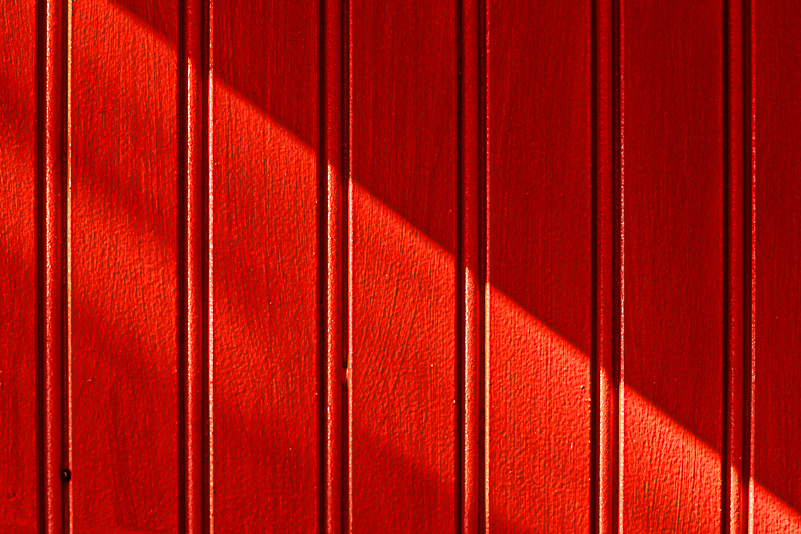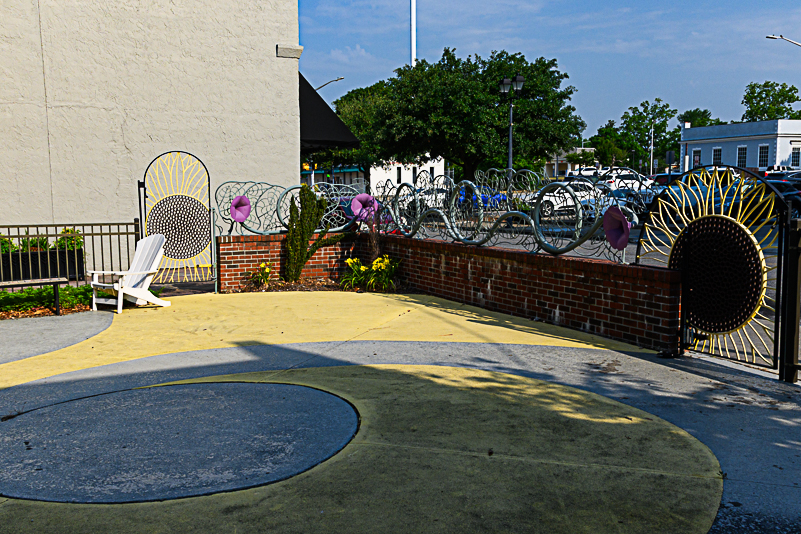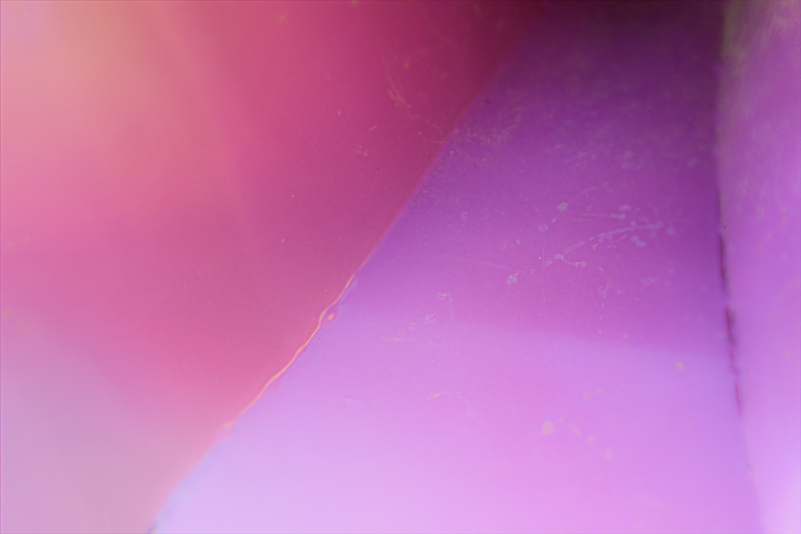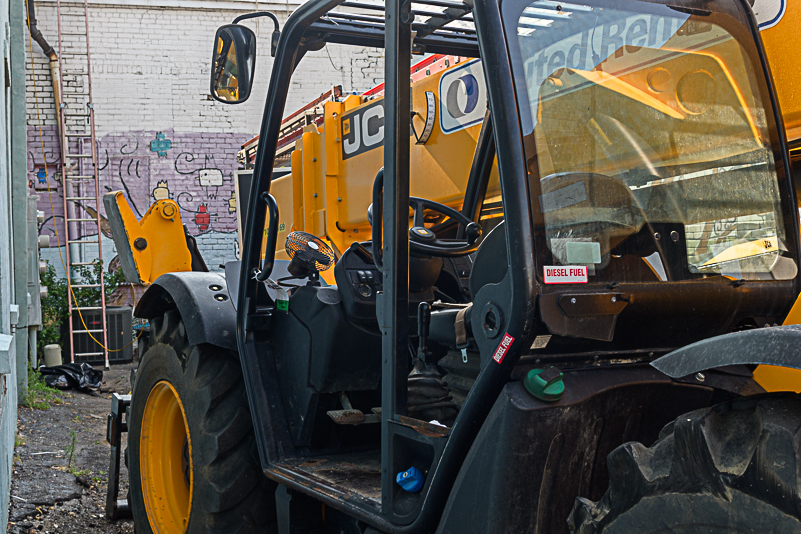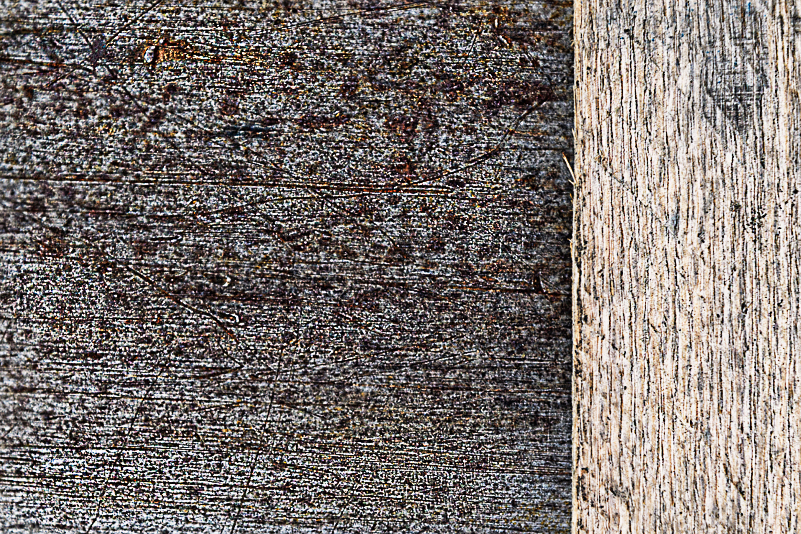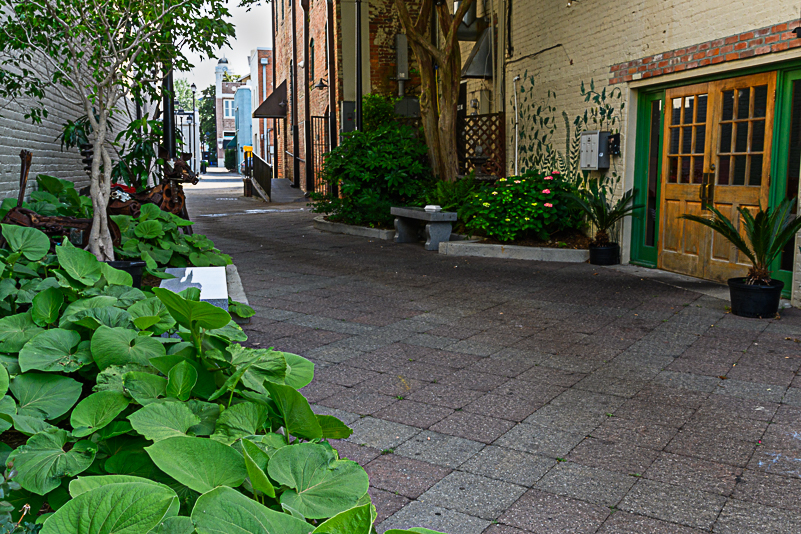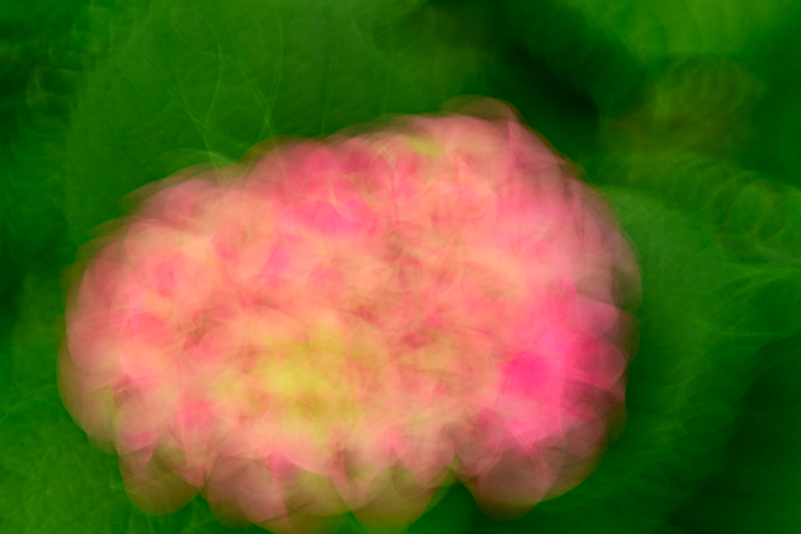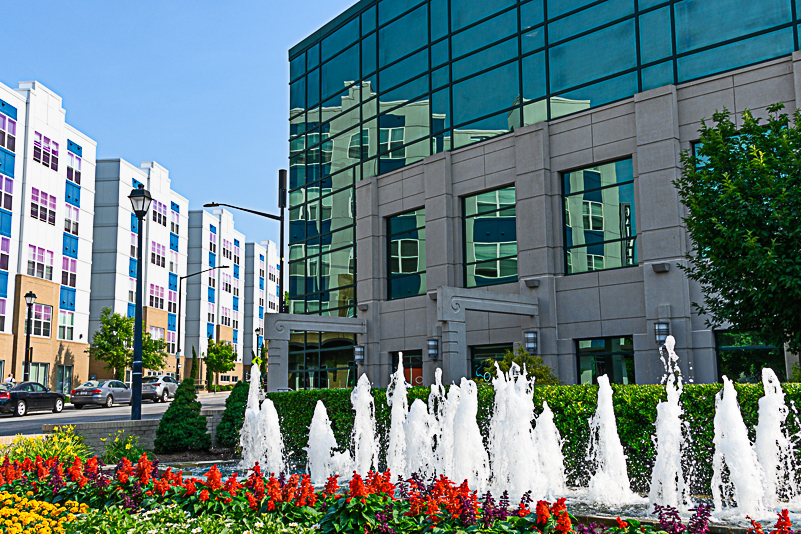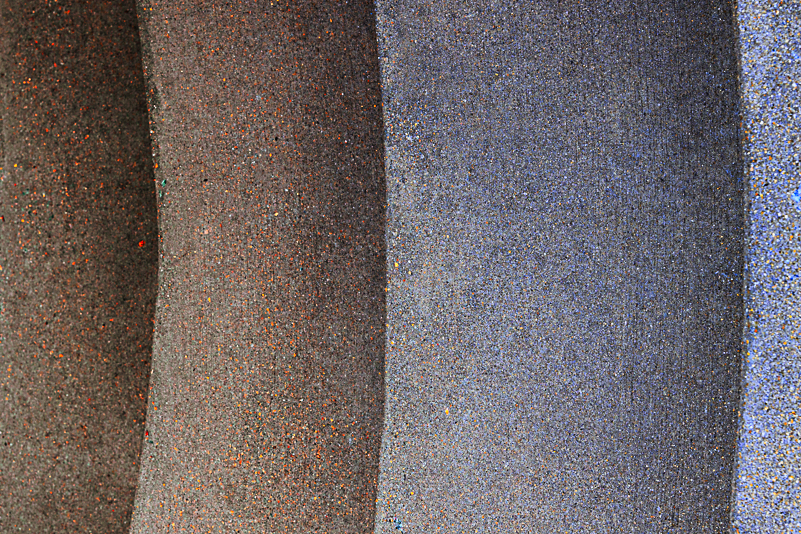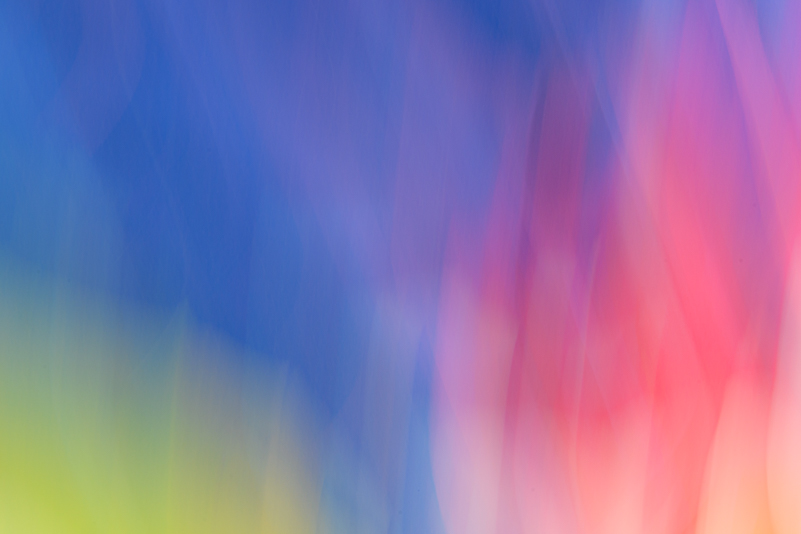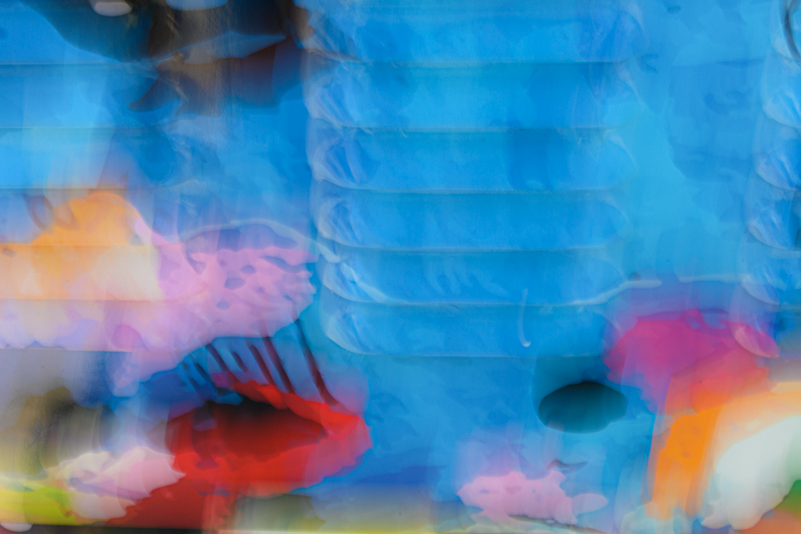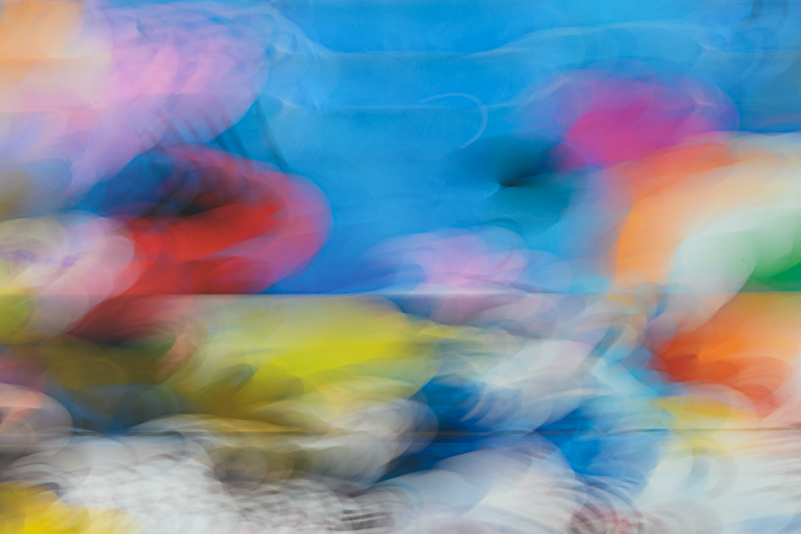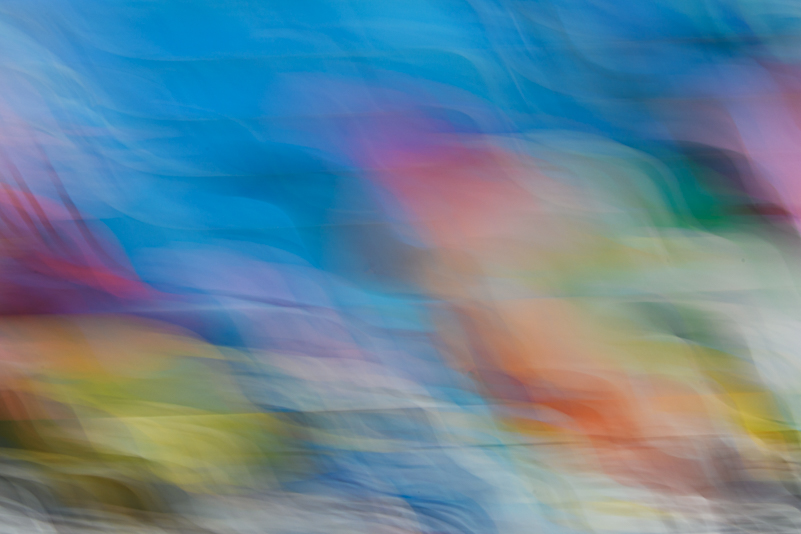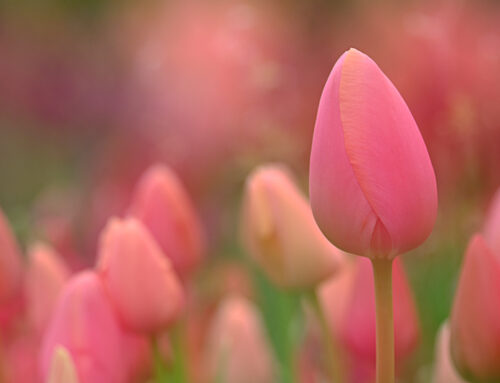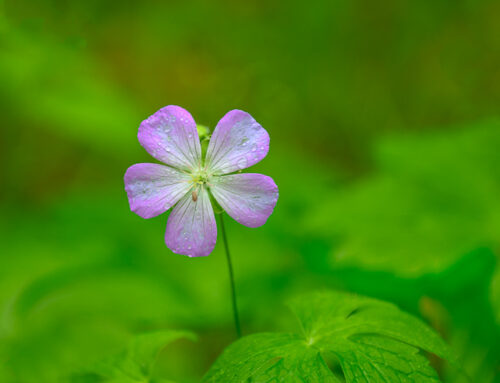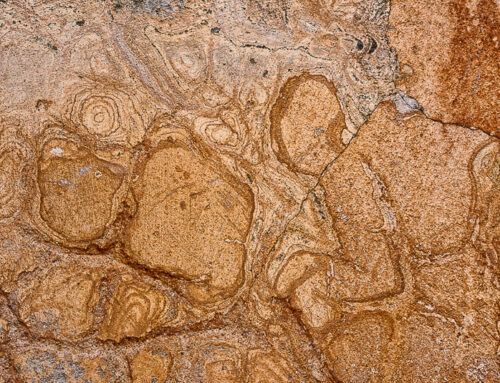There is no abstract art. You must always start with something. Afterward you can remove all traces of reality we need to think beyond them.
– Pablo Picasso
“There is never nothing to shoot.” I don’t know if I heard this somewhere else or if it came from me. Regardless, I say this all the time, and it’s true. In this post I will share what happened the other morning when I left the house with “abstracts” in mind.
ABSTRACT – FOR ME
Along those lines, I think it is helpful to clarify what I mean by abstract. There are a variety of definitions that include “expressing a quality apart from an object” and “having only intrinsic form with little or no attempt at pictorial representation or narrative content.” Add to that “abstraction” and “freedom from representational qualities in art,” and I think this covers my thoughts and intentions in the “Abstract Photo Walk.” Close enough.
SEEING MORE
One other word and concept that plays a natural part in how I see and what I photograph is “pareidolia.” I’ve done this forever, but am happy to have a word that defines it. Here you go: “the tendency for perception to impose a meaningful interpretation on a nebulous visual stimulus (so that one sees an object, pattern or meaning where in fact there is none). Even if you think you don’t do this or see in this way in your own photography, I would bet that every one of us can remember vacation car rides where we were told by our parents to find things in the clouds. I know that I and my three sisters did. I believe that this and the constant urging by my parents to “go outside and find something to do” along with my love of words and poetry (reading and writing) have helped me “see more.”
THE EXERCISE
So, now, we’re ready to learn of the parameters set for myself in the “Finding Abstracts Anywhere” exercise. Here we go. I brought one camera and one lens (24-120mm) with only one battery and a memory card that told me I had 105 frames allotted for the walk (no other lens, no extra battery and no backup memory card). I didn’t even bring my tripod (shocking). I chose to walk in Uptown Greenville in about a three-block square area with one side trip because of something I noticed a few days earlier.
Before I began shooting the abstracts, I made myself use one frame in each series for the “literal” starting space. Afterwards, between five and six frames were used in the abstraction vein. I felt it was important to see and show the starting points to illustrate the idea of finding potential where there might seem to be none. I had some favorite spots that I already knew about. I’ve walked this walk before. I had high hopes for one spot but was blocked by construction. In other spots I had to work a little harder, think more, take some extra time. In the end, where I started and where I ended turned out to be my favorite spot. (I’ll be back.)
THE EXERCISE STATS
Start time was 8:20am with 378 steps logged on the Fitbit. One lens, one battery, one theme and a loose plan. End time was 9:52am with 2237 steps on the Fitbit. Total of nine stops with 105 frames and 1854 steps in one hour & 32 minutes. Oh, and my only battery died on the last frame. So, even if H had more frames available on my memory card, I was done.
I give these stats to encourage you to try this exercise yourself. Make your own rules. I wasn’t racing around or in a frenzy to find things to shoot. It was a coolish morning, and I got a nice, leisurely walk out of this time spent. I would have preferred a cloudy, bright overcast morning, but we all know that “you get what you get.” Be open and thankful for all your “topside” moments.
THE 105 FRAMES
Below is what those 105 frames on the walk looked like. Even though small here, you should be able to see clearly what I loved working the most. That painted electrical box is killer, and I will definitely revisit sometime. You may also note a pattern – I did. There are lots of lines, curves, colors and patterns. Had I brought my macro lens or a longer telephoto, there would have been other and different images to see and capture. On that note, I did change the image area in my camera a few times from FX to DX crop to gain some reach. The images shared here are not cropped. The images ARE processed FOR MY VISION.
SOME IDEAS FOR STARTING
You might be wondering where or how to start your own “Finding Abstracts” assignment (challenge). I’ve given you the parameters that I used. You could start there. But what then? What do you look for?
A few questions for you to ask yourself (more than once) might be helpful:
- What am I looking at? (That’s Frame 1)
- What do I see? (Frames 2-6/7 are the abstracts) Break it down. Open your eyes and mind. See what you see.
- What is it? (Your subject – its name)
- What is it about? (Line, shape, color, texture, patterns, etc.) The answer will give you some direction.
- How do I want it to look? (This helps steer where you stand, what technique you use and other creative decisions.)
Remember, most importantly, this is NOT about perfection. (Should I say that again?) This is not about getting everything “right” or caring what anyone else thinks. It is for you and only your benefit. If you choose to share with others, that’s up to you. Share without expectations. Not everyone will “get it.” Who cares? I don’t. That’s why I’m sharing the screen shots of all 105 frames unedited. They are neither good nor bad. They simply represent a span of time when I gave myself an exercise to “flex” my seeing muscles (and get out of the house). To repeat myself (we all need to hear this), this is NOT about perfection!
If you need a helpful reminder, again, listen to what Neil Gaiman has to say about doing you:
“The one thing that you have that nobody else has is you. Your voice, your mind, your story, your vision. So, write and draw and build and play and dance and live as only you can.”
PRACTICAL THOUGHTS
Abstract images are not about “documenting” the thing. They can be “tack sharp” or in soft focus, representing the whole or parts, and also, they can spark ideas or emotions. Keeping things simple seems to work best, so isolate and break down a scene or subject. Sometimes, it ends up being an image that expresses “essence.”
Look for these things: Color, Shapes, Lines, Curves, Textures and Patterns. When you notice them, make them shine. Make it clear in the frame what you are noticing.
TECHNIQUES TO CONSIDER
In this exercise, all bets are off. You can employ whatever creative techniques you have in your arsenal (except changing lenses or anything else you set as your parameters). I didn’t bring any extra stuff with me, in part, to avoid temptation. So, consider high-key and low-key images, high and low perspectives. Think about in-camera multiple exposures. Make sure you turn off “retain source images” if that’s an option for you – only result counts. Try using slower shutter speeds and in-camera movement (ICM – motion blurs) or even slower shutter speeds for moving objects when you are still. Feel free to bring your tripod or not (yes, I just said that). Whatever you bring, you must use. You can’t just bring the tripod as a safety net. If you’re handholding for the exercise, watch your shutter speed and ISO and also turn on your camera/lens stabilization feature to help you out.
In the end, when you’re done shooting, download your images, review the series, the process, and consider what you saw and what you learned. Process and share (or print) your favorites.
WHAT I LEARNED AND NOTICED
What follows is what I learned from that hour and 32 minutes. It was a good experience and experiment, and it was a great excuse for me to get out of the house with my camera with a few focused ideas.
There were times I wished for a longer lens or my macro lens. Too bad. I needed to stick with my plan and accept some limitations. Don’t we all? I refused to carry all the gear I own “just in case.” Not to mention that I would need a great, big wagon to do so and would likely end up not using more than one or two other lenses only sporadically. Heavy loads are just that – heavy, tiring and distracting. I’m glad I set boundaries for myself.
I also noticed a pattern in what I was seeing and focusing on – lines, curves and color, mostly, but also patterns and textures. It was clear to me that during this session I really loved color, patterns and motion. By the way, the colorful motion blurs that happened at the very end of the walk will make beautiful textures to use with other images. While I was in the movement zone, it was all about motion, color and patterns. The “p.s.” for textures came later. In the moments I was just in love with those colors.
And, finally (sort of, as this does have to end), I can, do and will use this exercise idea again. I’ll choose different lenses, different themes, different places and subjects, but I will adhere to whatever parameters I set. The value of doing something like this when It doesn’t matter is that you are developing visual muscle memory and stretching your creative seeing skills so that you can put them to work when it matters more. The more you play, the more you are able to see the possibilities. Go for it!
And, by the way, I didn’t go all “fancy” in my post processing of the images. I worked them for the way they made me feel, and, for me, they work.
P.S. If you do end up trying this for yourself, I’d love to hear what you did and what you learned. Reach out and share jamie@newlifephotos,com.
